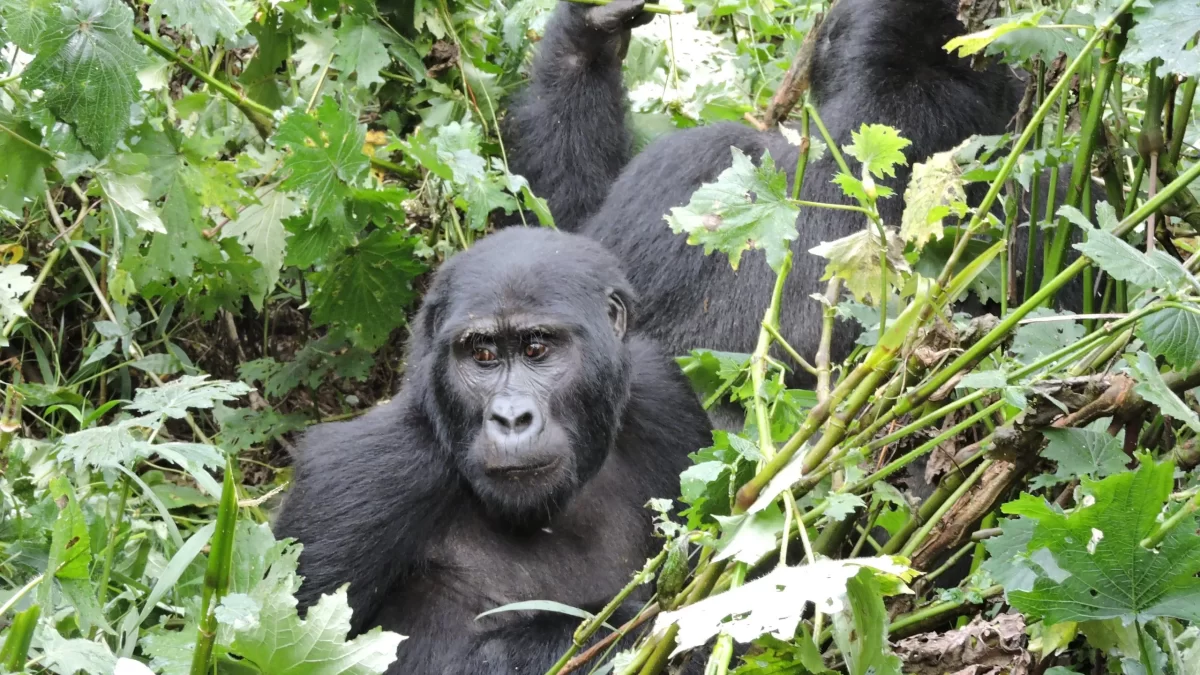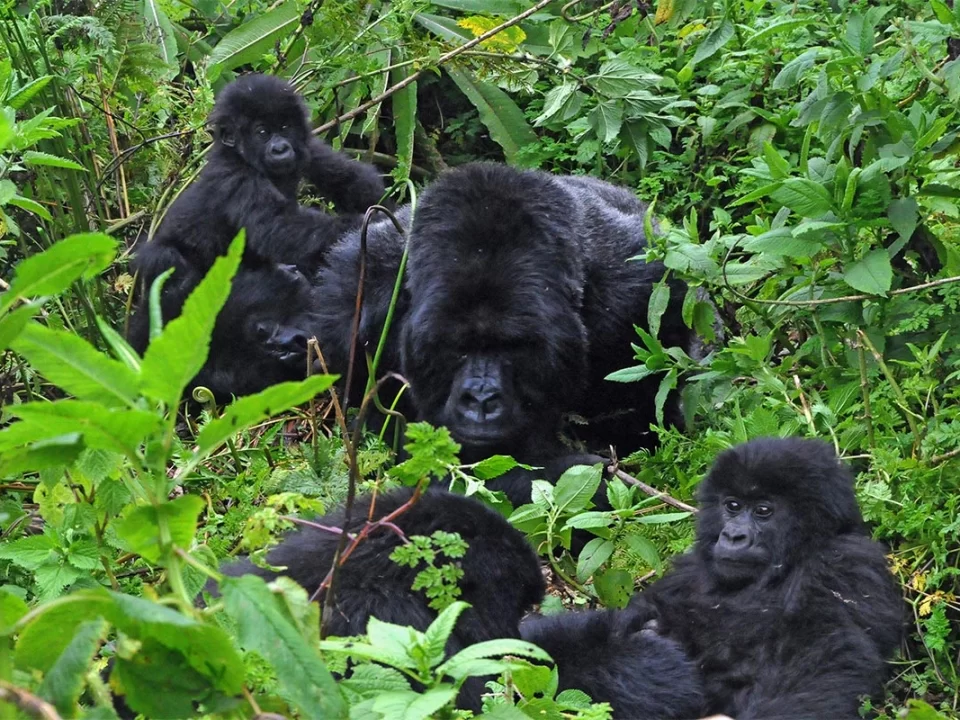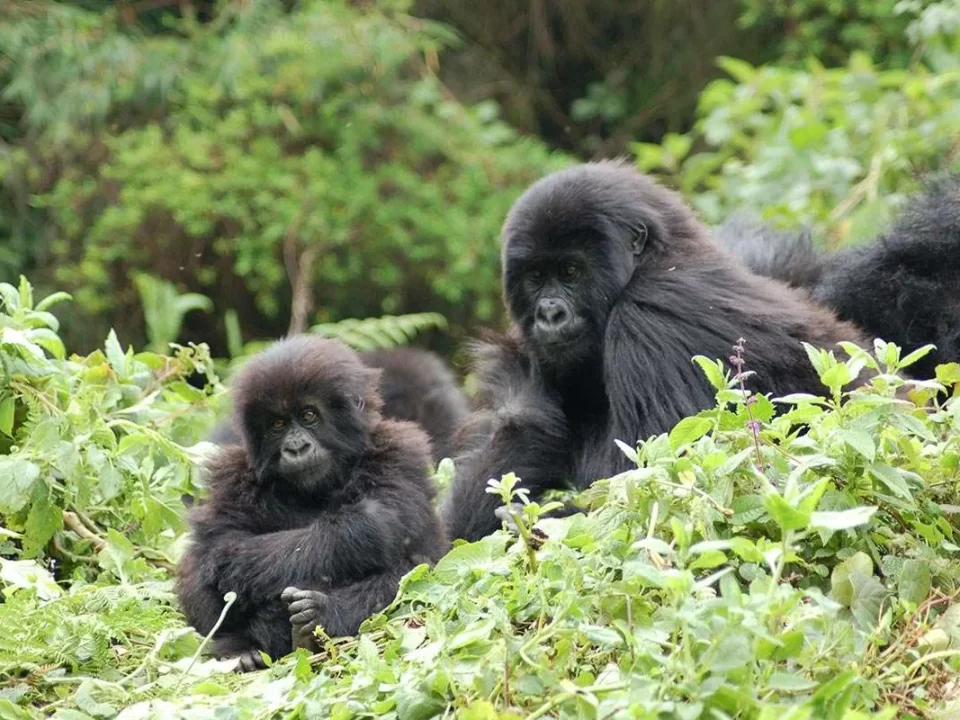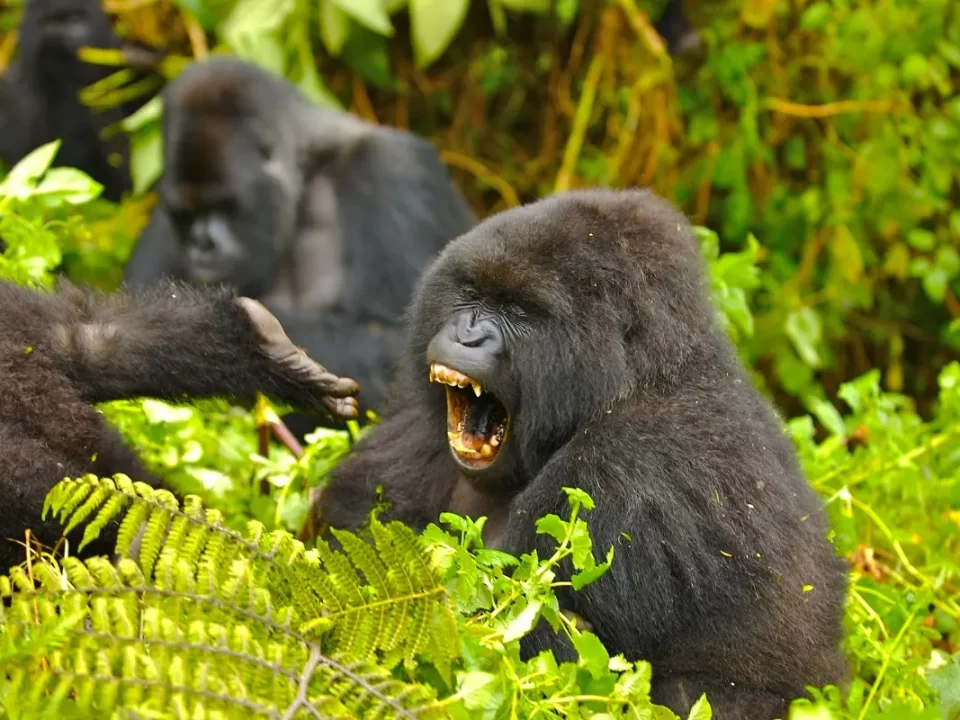Four-hour Gorilla Habituation Experience

5 Days Uganda Gorilla & Chimpanzee Habituation Safari
January 22, 2024
7-Day Wildlife Safari, Gorilla & Chimpanzee Habituation Experience
January 24, 2024Four-Hour Gorilla Habituation Experience – Bwindi Gorilla Habituation Adventure
When one discusses the four-hour Gorilla habituation experience, the immediate focus tends to be on the duration clients spend with the Gorillas. However, delving deeper into the essence of the Gorilla habituation experience reveals a profound learning process. This experience unfolds as an educational journey, showcasing how our close relatives are acclimated to human presence. The park’s rangers and trackers play a pivotal role in conveying informative insights during the entire process. While the magic lies in the four hours spent in close proximity to our primate relatives in their natural habitat, it’s important to note that the rangers, trackers, and researchers collectively distill five years of knowledge into this brief encounter. For Gorilla habituation, two families are available: Kutu family and Bikingi Family, situated between the Rushaga and Nkuringo Sectors.
How the Four-Hour Gorilla Habituation Experience Unfolds
The adventure commences with a gathering at the park headquarters, where participants receive a comprehensive briefing on the dos and don’ts when encountering Gorillas in their natural habitat. It’s worth noting that the experience focuses on semi-habituated Gorillas—those undergoing the habituation process. Families like Kutu become available for habituation after two years of monitoring. Following the briefing, a short drive takes you to Nyabaremura, where you meet with rangers and trackers to embark on your Gorilla habituation experience. A reasonable level of fitness is essential as you navigate hills and steep valleys in pursuit of the majestic forest giants.
Initiating the Four-Hour Countdown
In contrast to Gorilla tracking, where the one-hour timer begins upon meeting the Gorillas, Gorilla habituation calculates the four hours differently. The countdown commences when you encounter fresh trails indicating the Gorillas’ proximity. These trails, marked by broken branches, droppings, and footprints, serve as the starting point for rangers and trackers to share insights into the habituation process. As you follow the trail, the clock ticks, allowing you to capture memorable moments with your camera.
Visitor Limitations and Requirements
Unlike Gorilla tracking, which allows groups of six, Gorilla habituation limits participants to four individuals. Given the extended duration and the semi-habituated nature of the Gorillas, minimizing disturbance is crucial. Requirements include a minimum age of 15, adherence to Gorilla trekking regulations, and timely availability on the scheduled day. The most crucial prerequisite is the Gorilla habituation permit—a document that grants authority for the activity, containing visitor details, trekking date, and Uganda Wildlife Authority certification.
Cost and Permit Details
The Gorilla habituation permit costs USD 1500 per person, providing four hours from the moment fresh trails are encountered. Uganda Wildlife Authority issues these permits, and Trek Africa Expeditions, as a trusted tour operator, can facilitate the permit acquisition alongside other services. The inclusive packages, exemplified by the 3 Day Gorilla Habituation tour, ensure a seamless experience. Once the tour is confirmed, scanned copies of the Gorilla habituation permit are promptly provided for record-keeping.
Economic Advantages of Gorilla Habituation
Gorilla habituation proves cost-effective, offering a four-hour experience at USD 1500 per person—a potential saving of USD 900 compared to traditional Gorilla tracking. While the latter requires four separate treks for a similar duration, the habituation experience condenses the encounter into a single, informative session. This not only minimizes the logistical back-and-forth but also provides a richer understanding of the Gorillas’ behaviors. Trek Africa Expeditions specializes in organizing the four-hour Gorilla habituation experience in Bwindi Impenetrable National Park, Uganda—contact us for comprehensive details.




